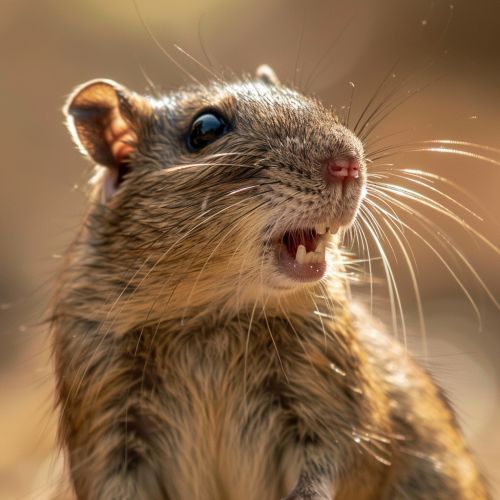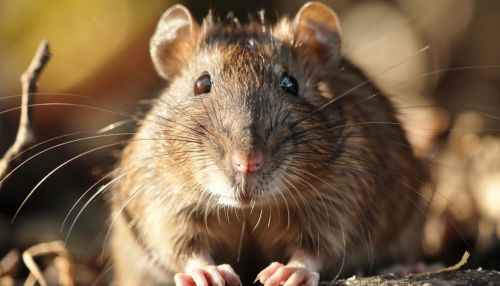Rodentia
Introduction
Rodentia, commonly known as rodents, is an order of mammals characterized by two continuously growing incisors in the upper and lower jaws which must be kept short by gnawing. This order is the most diverse among mammals, with over 2,000 species classified into various families.
Evolution and Classification
Rodents are believed to have evolved about 50 million years ago during the Eocene epoch. The order Rodentia is divided into suborders, families, and genera based on various factors such as their dental and skeletal characteristics, geographical distribution, and genetic studies. The three suborders of Rodentia are Sciuromorpha, Myomorpha, and Hystricomorpha.


Anatomy and Physiology
Rodents possess a unique set of physical characteristics that distinguish them from other mammals. Their most distinctive feature is a pair of sharp, continuously growing incisors. These incisors have hard enamel on the front and soft dentin on the back, which ensures that the front remains sharp as the back wears away.
Behavior and Ecology
Rodents display a wide range of behaviors and adaptations to their environments. They can be arboreal, terrestrial, or aquatic, and their diets can range from herbivorous to omnivorous. Some rodents are solitary, while others live in large, complex social structures.
Rodents and Humans
Rodents have a significant impact on human societies. They are often seen as pests due to their tendency to invade homes and agricultural fields, causing damage and spreading diseases. However, they also play crucial roles in ecosystems, such as seed dispersal and prey for larger animals.
Conservation
While many rodent species are common and widespread, others are threatened or endangered. Conservation efforts for these species often involve habitat preservation and captive breeding programs.
